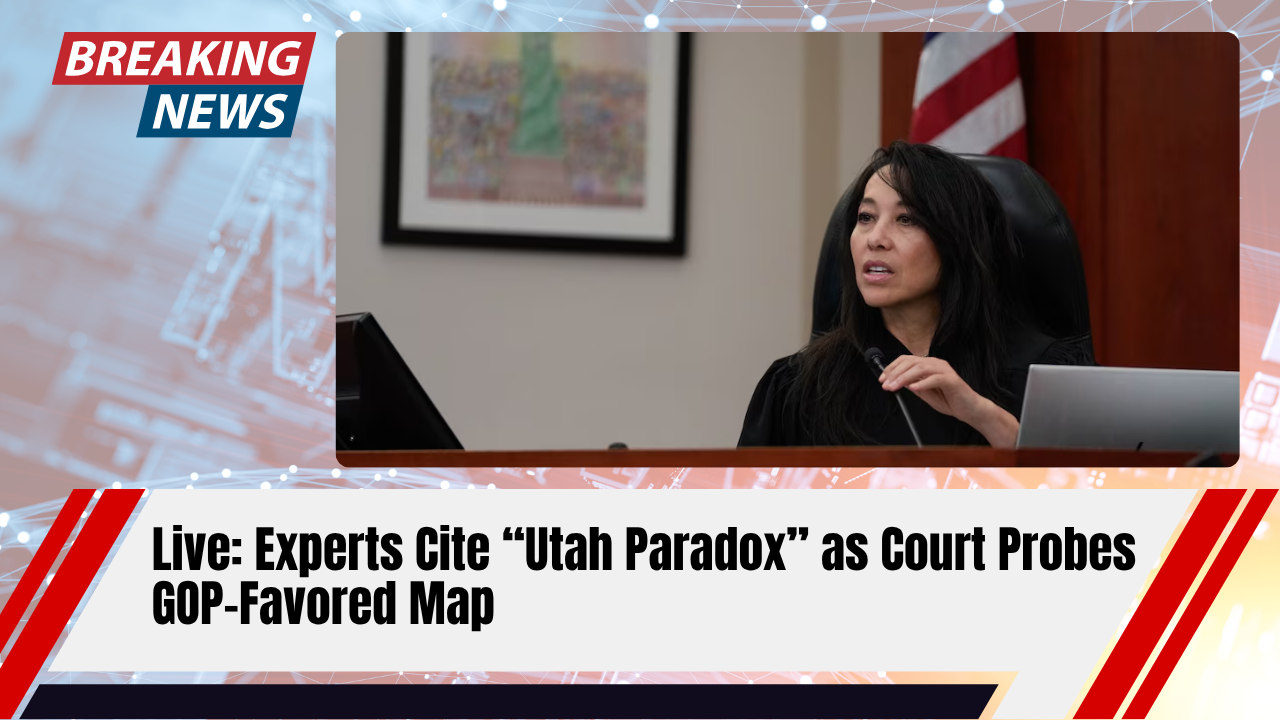As law enforcement agencies increasingly integrate artificial intelligence into daily operations, legal experts and civil-rights advocates warn that this surge in AI policing tools could trigger serious issues in criminal investigations and court proceedings. The main concern is that AI-generated reports and machine-assisted decision-making may undermine the fairness and transparency of the justice system.
Growing Adoption of AI in Police Work
Across several Utah jurisdictions, police departments are deploying advanced services such as automated transcription, body-camera analytics, and generative-AI report writing to streamline processes. For example, the Moab City Police Department signed a contract last year with the tool known as Peach Safety to assist in shaping incident reports. Investigators credit the software with reducing report-writing time significantly while increasing output.
Despite these efficiencies, defense attorneys caution that reliance on AI systems may introduce risks around accuracy and reliability. One attorney noted that AI adds “another layer” to investigations where liberty is at stake and that human oversight remains essential. The push to modernize extends nationally, with law enforcement agencies leveraging artificial-intelligence capabilities to handle large volumes of data and expedite workflows — yet the trade-offs are not fully understood.
Legal, Ethical and Procedural Risks
Key concerns emerge when AI intersects with the justice process. One of the biggest issues is automation bias: officers and civilian users may over-trust algorithmic output without subjecting it to critical examination. Studies reveal a pattern of users accepting machine-generated results uncritically — even when those systems have substantial limitations.
Another major risk centers around algorithmic bias in predictive and analytical policing tools. These systems often draw on historical crime data which may contain embedded inequalities, potentially leading to skewed targeting of certain communities. The concept known as predictive policing has faced scrutiny for reinforcing systemic disparities in enforcement outcomes.
| Concern | Description |
|---|---|
| Automation bias | Over-reliance on AI output without human verification |
| Algorithmic bias | Skewed data leading to unequal enforcement or suspect selection |
| Transparency and explainability | Difficulty in challenging machine-generated or AI-assisted evidence |
| Due-process implications | Use of AI tools may raise questions on fairness, review rights and appeals |
| Utah addressed some of these issues through the 2025 legislation “Law Enforcement Usage of Artificial Intelligence,” which requires agencies to create AI-use policies, include disclaimers if generative AI was involved in reports, and confirm human review. The law underscores that human oversight must accompany machine-assisted police work. | |
| Moreover, civil-liberties advocates stress that because artificial-intelligence-driven tools often operate opaquely, defense lawyers may struggle to access the underlying processes, creating challenges during cross-examination in criminal cases. |
What This Means for Justice and Public Safety
While the adoption of AI in police work promises efficiency and workload reduction, the justice system’s bedrock is credibility, fairness and accountability. If machine-assisted investigations lead to flawed or unreviewed evidence, it could result in suppressed evidence, overturned convictions or eroded public trust in law enforcement. Scholars note that technological advances in policing must go hand-in-hand with policies, training and audit functions that ensure transparency and validity.
For victims, suspects and communities alike, the imperative is clear: AI must enhance—not replace—human judgment, oversight and fairness. Police departments will need not only to invest in technology, but also in governance, education and safeguards. The federal government and organizations such as the Federal Highway Administration emphasize that tools for public-safety use must undergo rigorous scrutiny and be subject to independent review.
As police departments continue expanding their use of artificial intelligence in criminal investigations and report writing, the justice system faces a pivotal moment. The technology’s benefits are clear, but so are the risks: when AI intersects with the exercise of legal power, the potential for error, bias or rights violations grows. Ensuring that human oversight and transparency remain central will determine whether this wave of innovation strengthens policing or introduces unintended problems in criminal cases.



